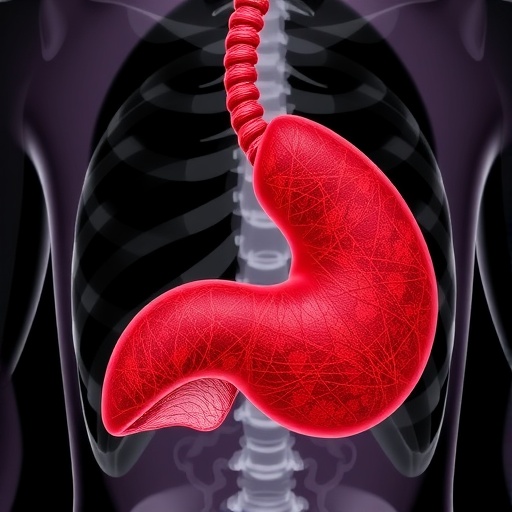Numerous researchers around the globe have begun to use the gene editing tool CRISPR to understand human biology. One of them is Associate Professor Richard Kandasamy at the Norwegian University of Science and Technology's (NTNU) Centre of Molecular Inflammation Research (CEMIR). Kandasamy is working on understanding inflammatory reactions that occur in many diseases.
Using large amounts of data, his research reveals what happens minute-by-minute when the immune system responds to a virus. The results of his team's research were recently published in the respected online journal Systems Biology and Applications.
When the flu or any other virus attacks the body, it has to react with lightning speed.
"It's not like defense cells are just sitting around waiting in some corner of the body to gobble up viruses – and boom, it's all taken care of," says Kandasamy.
As Kandasamy explains, "What happens inside the defense cells is a very comprehensive step-by-step reaction. Signals are sent to the nucleus to initiate a production of new proteins that will take part in the inflammatory reaction and that the cell will use to destroy the virus. This all takes some time. But even a tiny chemical modification of proteins in the cell also enables the cell to start reacting super quickly."
He and his team can map these reactions in extreme detail from the moment a virus infects a cell. By frequently repeating the mapping process in the hours after infection, they can create a detailed map of the cell's reactions.
Most scientists who are working on CRISPR research either proceed by analysing one gene at a time, or upwards of 20,000 genes at a time. Kandasamy uses both approaches.
He also uses large computing systems to analyse this complex dataset. This approach of combining modern technologies and mapping reactions minute-by-minute is one of the unique approaches his research group uses to understand reactions in the cell.
Kandasamy came to NTNU through the Onsager Fellowship programme, which is designed to recruit some of the most talented international young researchers to the university. Just before Christmas, Kandasamy was awarded a generous grant for independent research from the Research Council of Norway's FRIPRO programme for promising young researchers.
###
Reference: A time-resolved molecular map of the macrophage response to VSV infection. n Richard K Kandasamy, Gregory I Vladimer, Berend Snijder, André C Müller, Manuele Rebsamen, Johannes W Bigenzahn, Anna Moskovskich, Monika Sabler, Adrijana Stefanovic, Stefania Scorzoni, Manuela Brückner, Thomas Penz, Ciara Cleary, Robert Kralovics, Jacques Colinge, Keiryn L Bennett & Giulio Superti-Furga. npj Systems Biology and Applications 2, Article number: 16027 (2016). doi:10.1038/npjsba.2016.27
Media Contact
Richard Kumaran Kandasamy
[email protected]
47-728-24511
@NTNU
http://www.ntnu.edu
############
Story Source: Materials provided by Scienmag




